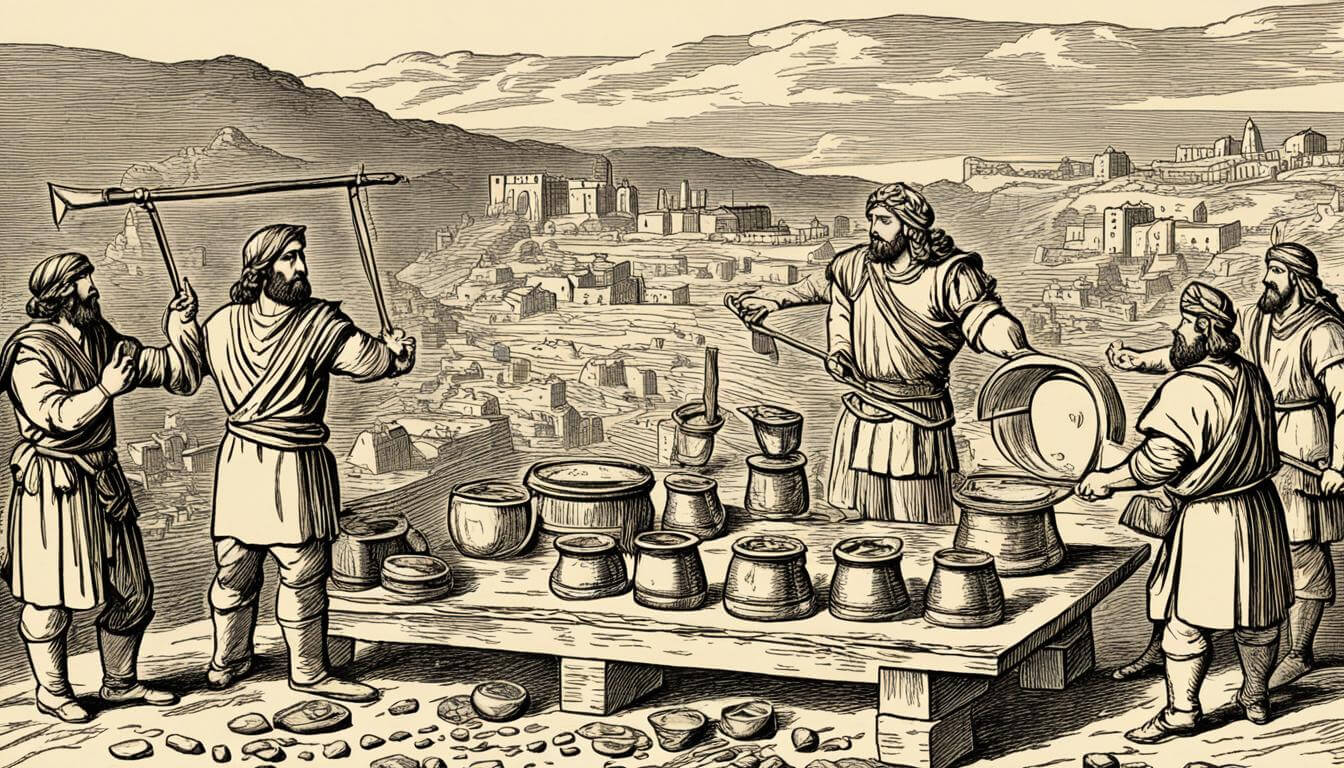Understanding 1 Troy Ounce In Precious Metals
When it comes to valuing gold and silver, one term that you should be familiar with is the 1 troy ounce. It is a unit of measure used in the precious metals market and plays a crucial role in determining their worth.
A troy ounce is equivalent to 31.1034768 grams and is the standard unit of measurement in the precious metals industry. It is important to understand this unit of measure to accurately assess the purity and value of precious metals such as gold and silver.
When it comes to understanding the value of gold and silver, knowing the weight in troy ounces is essential. Whether you are buying or selling these precious metals, their price is usually quoted per troy ounce.
By understanding the concept of the 1 troy ounce, you can make informed decisions when it comes to investing in precious metals. Whether you are a collector, an investor, or simply interested in the market, knowing the weight and value of these metals in troy ounces is key.
What Is A Troy Ounce?
A troy ounce plays a crucial role in measuring precious metals and has its origins in the Middle Ages, specifically in Troyes, France. This unique metric is equal to 31.1034768 grams, slightly heavier than the standard ounce, which weighs 28.35 grams.
The troy ounce is the last surviving measurement in the ancient troy system and serves as the standard unit of weight in the precious metals market. It is particularly relevant when evaluating the purity and value of gold, silver, platinum, and other precious metals.
During the Middle Ages, merchants from Troyes, France, established the troy system to ensure accurate and consistent trade in precious metals. Today, the troy ounce remains an integral part of the global precious metals industry, serving as a reliable measurement for these valuable commodities.
The image above depicts the historical significance of measuring precious metals during the Middle Ages.
History Of The Troy Ounce
The troy system for weighing precious metals has a rich history that dates back centuries. Its origins can be traced to Roman times and the standardized weight system developed by merchants in the French city of Troyes during the Middle Ages.
During Roman times, a piece of Roman currency known as the “uncia” played a crucial role in the development of the troy ounce. The uncia weighed approximately 31.1 grams, which closely resembles the weight of a troy ounce today.
As Europe’s economy flourished, merchants from the city of Troyes recognized the importance of a standardized weight system. Building upon the Roman weights they inherited, they developed the troy system, which included the troy ounce as the unit of measurement for precious metals.

This image depicts the origins of the troy ounce, highlighting its connection to Roman times and the development of a standardized weight system in Troyes.
Troy Ounce Vs. Ounce
When it comes to measuring precious metals, the troy ounce and the avoirdupois ounce are not the same. The avoirdupois ounce is the standard unit of measurement used in the United States for most goods, while the troy ounce is specific to the precious metals market.
The avoirdupois ounce weighs 28.349 grams, whereas the troy ounce is slightly heavier, weighing 31.1 grams. It’s important to note that when the price of gold is quoted per ounce, it is referring to the troy ounce.
Furthermore, there is a difference in the number of ounces in a pound. While there are 16 avoirdupois ounces in a pound, there are 14.6 troy ounces in a pound. Understanding this distinction is crucial in accurately valuing and trading precious metals.
Investing In Precious Metals
Investing in precious metals offers a unique opportunity to diversify your portfolio and potentially protect your wealth. There are several avenues available for individuals interested in capitalizing on the value of precious metals, such as gold, silver, platinum, and palladium.
1. Commodity Exchange-Traded Funds (ETFs) and Mutual Funds: One popular method is through investing in commodity exchange-traded funds (ETFs) or mutual funds. These investment vehicles allow individuals to buy shares that are directly linked to the price of precious metals. By investing in ETFs or mutual funds, you can gain exposure to the precious metals market without physically owning the metals themselves.
2. Stock Shares in Metals and Mining Companies: Another option for investing in precious metals is to buy stock shares of companies in the metals and mining sector. These companies are directly involved in the extraction, production, and distribution of precious metals. By investing in these stocks, you can potentially benefit from the performance of both the overall industry and the specific company you choose to invest in.
3. Futures and Options Markets: For experienced investors looking for more advanced trading strategies, futures and options markets provide opportunities to speculate on the price movements of precious metals. These markets involve buying and selling contracts that grant the right to purchase or sell a specified amount of a particular metal at a predetermined price and date in the future.
4. Physical Ownership: If you prefer the tangibility of owning physical precious metals, you can purchase coins or bars that are measured based on the troy ounce. The troy ounce is the standard unit of measurement for precious metals, ensuring consistency and accuracy in determining their value. Owning physical precious metals allows you to have direct ownership and control over your investment.
When considering investing in precious metals, it is crucial to conduct thorough research and understand the risks associated with each investment option. Consult with a financial advisor or investment professional to determine which approach aligns best with your financial goals and risk tolerance.

Troy Ounces Conversion
Converting troy ounces into other common weights can be done using a conversion table. Understanding the weight of precious metals in different units of measurement is crucial for valuing and trading them. Here is a conversion table for troy ounces:
| Troy Ounce | Standard Ounce | Grams | Pounds | Grains |
|---|---|---|---|---|
| 1 Troy Ounce | 1.097 Ounces | 31.103 Grams | 0.0685 Pounds | 480 Grains |
This table provides conversions for the most commonly used units when dealing with precious metals. It can be a handy reference when working with different weight measurements in the precious metals market. Whether you’re a trader, collector, or investor, understanding these conversions is essential for accurate valuations and transactions.
Conclusion
Understanding the concept of a troy ounce is crucial for valuing and trading precious metals such as gold, silver, platinum, and palladium in the investment market. The troy ounce serves as the standard unit of measurement in the precious metals market, ensuring consistency and accuracy in pricing these commodities.
Investors and collectors looking to invest in precious metals can choose from various methods based on the troy ounce weight. Commodity exchange-traded funds (ETFs) and mutual funds offer opportunities to buy shares linked to the price of precious metals, providing a convenient and accessible investment option. Additionally, investing in stock shares of companies in the metals and mining sector can provide exposure to the precious metals market.
For those seeking physical ownership, purchasing coins or bars based on the troy ounce measurement is an ideal choice. This allows investors to have tangible assets that retain their value and serve as a hedge against inflation and economic uncertainties.
Having a thorough understanding of the troy ounce is vital for making informed investment decisions in the precious metals market. By considering the troy ounce weight in their investment strategy, individuals can navigate the market with confidence and potentially reap the benefits of this valuable asset class.


